Like any holiday, Labor Day has always been a political football. Politicians and parties have fought over its meaning—past, present, and future. And these days, as technology and globalism are transforming work, it’s all the more important to grasp the importance of labor and the continuing need to protect its place in society.
On June 28, 1894, Congress passed the first federal law concerning the celebration of Labor Day. The text begins:
Be it enacted by the Senate and House of Representatives of the United States of American in Congress assembled, That the first Monday of September in each year, being the day celebrated and known as Labor’s Holiday, is hereby made a legal public holiday.
We might note that the selection of this date, in and of itself, was political. Already in Europe in the late 19th century, the ideological left had co-opted May Day, repurposing the ancient celebration of Spring into an exaltation of leftist politics. So back in 1894, the selection of a September date for American labor was a consciously more conservative decision acknowledging that Americans would celebrate labor differently.

In this 1899 political cartoon celebrating Labor Day, cartoonist Clifford Berryman shows Uncle Sam and a schoolboy bowing in respect to the Working Man sitting on the throne of Prosperity among tools representing farmers, laborers, and machinists. (U.S. National Archives)
At the time, President Grover Cleveland signed the bill into law without comment. And yet in the century-and-a-quarter since, presidents have added accompanying proclamations. On Labor Day 2019, for instance, President Trump began by hailing the American workforce:
On Labor Day, we recognize the remarkable American workers who comprise the greatest labor force in the world. American workers are the heart and soul of our Nation’s economic resurgence.
And then the 45th president cited some of his administration’s economic accomplishments, including unemployment resting at a half-century low. Indeed, on Labor Day, it’s worth emphasizing that Trump’s policies have borne fruit, notably for blue-collar workers; last month, Gad Levanon, chief economist for the Conference Board, wrote of the positive turnaround:
After four decades of worsening, wage inequality has started shrinking. And in a twist, America’s blue-collar workers are playing the biggest role in driving that reversal.
Indeed, the latest data from the Bureau of Labor Statistics finds that across the nation, a record 7.3 million jobs are available.
Yet sweet as that big number of “help wanted” signs might be, the future of work is shadowed by potential storm clouds. After all, the worldwide trends of outsourcing, automation, and migration—all of which can hurt the status of workers already living in a given country—are still ongoing. And coming soon . . . artificial intelligence, which could further up-end the familiar relationship between workers and work.
One political figure who has given much attention to these trends is Andrew Yang, the quirky tech entrepreneur who’s running an improbable campaign for the 2020 Democratic presidential nomination. (Yang has enjoyed a modest amount of success; he is running at about 2.5 percent in the Democratic race—and has even made it into the party’s third presidential debate, to be held in Houston on September 12.)
In March, Yang laid out the economic, technological, and political stakes as he sees them:
We’re going through the greatest economic and technological transformation in our nation’s history. It’s called a fourth industrial revolution, and it led directly to Donald Trump being elected in that we automated away four million manufacturing jobs in Michigan, Ohio, Pennsylvania, Wisconsin, Missouri, and Iowa.
Yang then added this note of warning:
My friends in Silicon Valley know full well we’re about to do the same thing to millions of retail workers, call center workers, truck drivers, and on and on through the economy. We need to think much bigger about how to help Americans handle this transition.
That’s quite a litany of jobs, and job-categories, that could be on the chopping block. And yet given all the change we’ve already seen (what the economist Joseph Schumpeter called “creative destruction”), we shouldn’t be surprised that we’re going to see a lot more creative chopping.
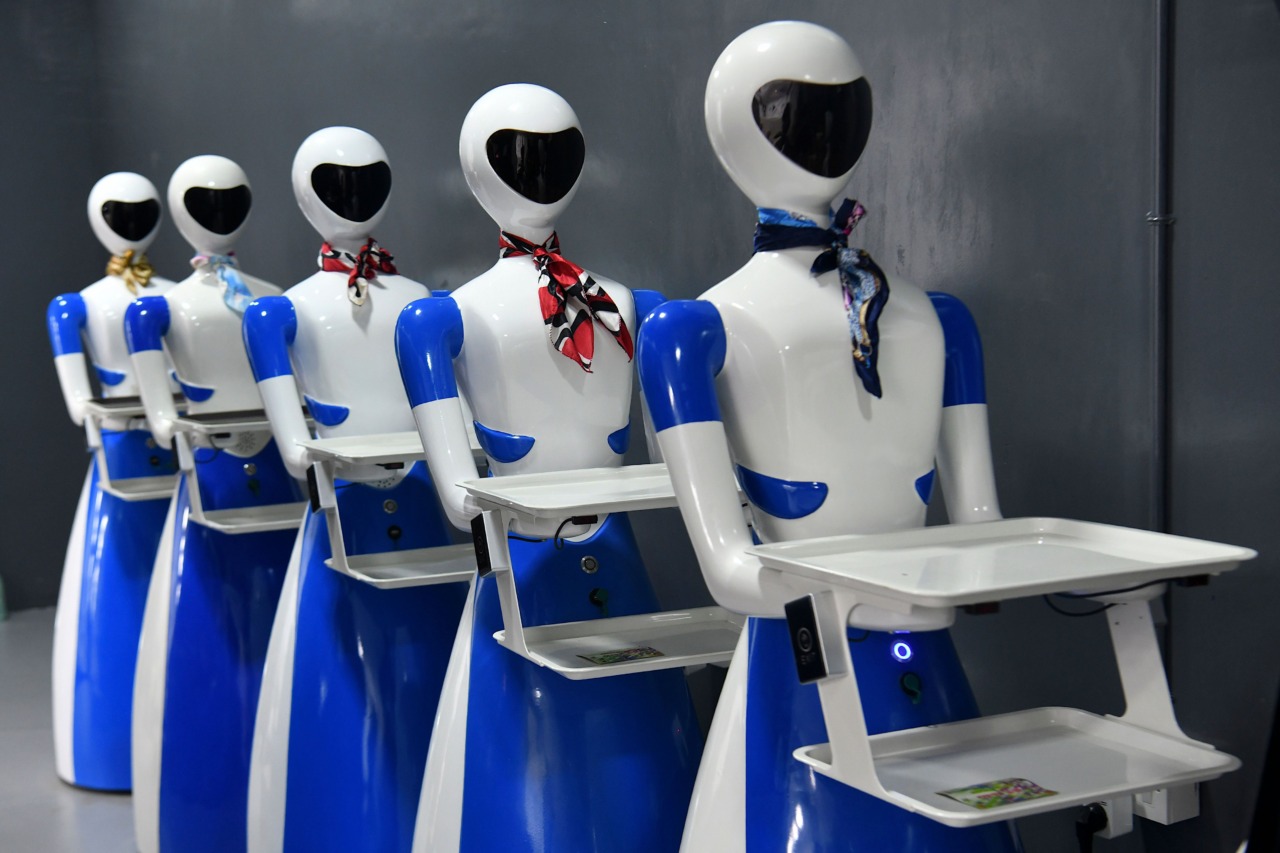
Service robots line up in a corridor on the opening day of the “Robot” restaurant in Bangalore on August 17, 2019. The restaurant has introduced one usher and five robots to interact and serve its customers food. (Manjunath Kiran/AFP/Getty Images)
So on this Labor Day, the enduring question for workers—which presidential candidate, and which party, is going to best look out for them—needs to be addressed once again.
For his part, Yang has his answer; in fact, he lays out his economic policies in copious detail. And the best-known plank of his platform is what he calls a “freedom dividend.” As he explains, the freedom dividend is “a universal basic income of $1,000/month, $12,000 a year, for every American adult over the age of 18. This is independent of one’s work status or any other factor.”
Yang’s freedom dividend will strike many as a giveaway, a new kind of dependence-inducing welfare, made all the worse because the money comes explicitly with no strings attached. Indeed, some with long memories will recall that Democratic Sen. George McGovern proposed the same sort of program back in the early ‘70s—and his “Demogrant” proposal was so widely derided that it contributed to his disastrous defeat in the 1972 presidential election.
Indeed, during this 2020 campaign, even Sen. Bernie Sanders has disagreed with Yang’s idea; Sanders has instead called for a federal jobs guarantee–which conservatives may, or may not, see as an improvement.
In the meantime, in defense of his basic-income idea, Yang argues:
A Universal Basic Income at this level would permanently grow the economy by 12.56 to 13.10 percent—or about $2.5 trillion by 2025—and it would increase the labor force by 4.5 to 4.7 million people. Putting money into people’s hands and keeping it there would be a perpetual boost and support to job growth and the economy.
Whether or not one accepts these bullish economic forecasts, it’s still likely that Yang has a point: After all, in addition to the obvious goal of increasing productivity, another key to accelerating growth—especially in hard-hit areas that are being bypassed by the national and global economy—is getting money into the hands of people who will go out and spend it. And so while most Americans might prefer to see money getting into people’s hands as a result of higher wages, if Yang is right, and millions more jobs are about to disappear, then perhaps new thinking will be required.
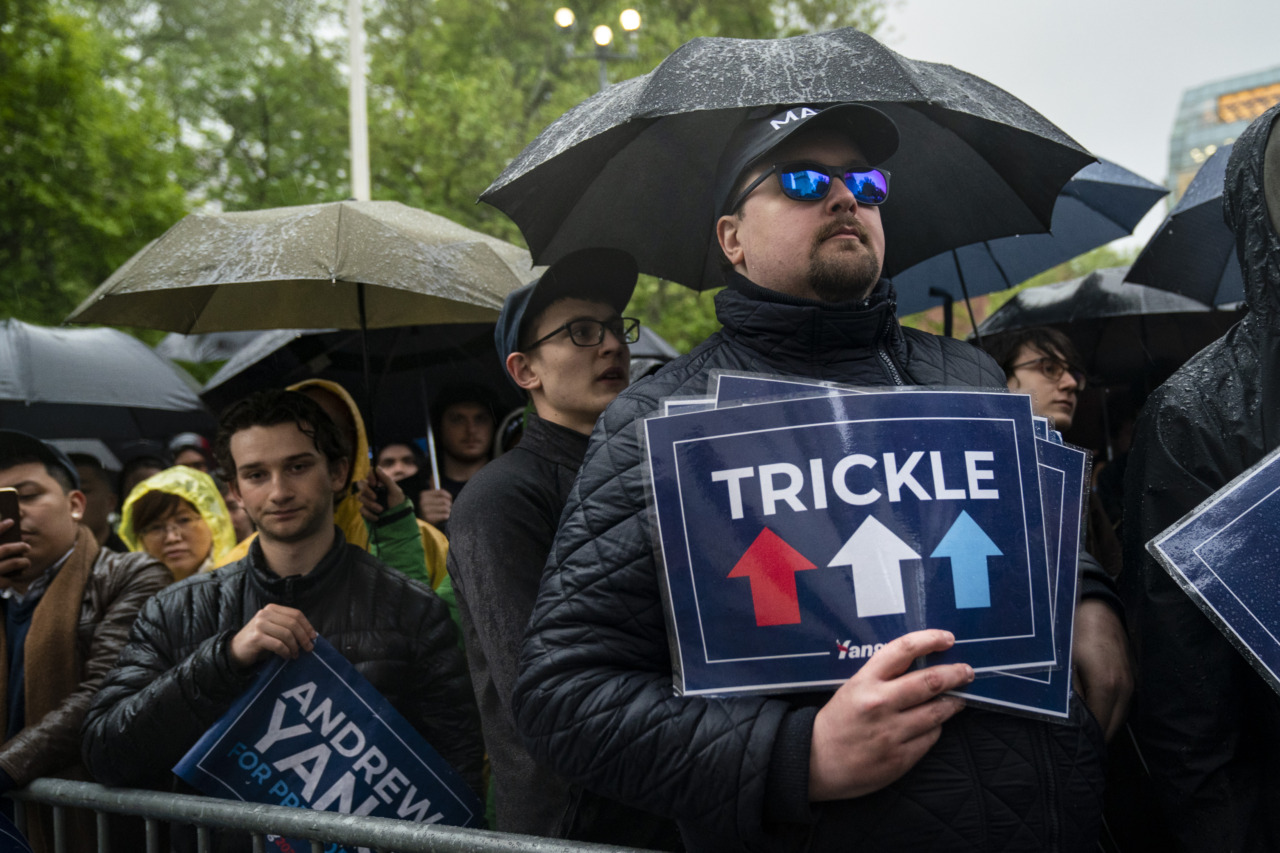
Supporters listen in the rain as Democratic presidential candidate Andrew Yang speaks during a rally in New York City’s Washington Square Park on May 14, 2019, about his plan to create a universal basic income of $1,000 every month for every American 18 years and older. (Drew Angerer/Getty Images)
Without a doubt, Yang has a different way of expressing himself on issues of jobs and the economy. He offers a vision of personal empowerment that comports with Republican thinking, and yet at the same time, he believes that government must play a strong role—thus reminding us that he is a Democrat. As he tweeted on August 31, “Many politicians are essentially saying ‘I’ll make companies do less bad stuff.’ That’s helpful in some ways but falls short of what the vision should be: ‘Let us, the people, do more of what we value for ourselves.’”
In other words, while Yang is still the longest of long shots to win the Democratic nomination, he has helped to kick off a useful debate that will likely extend beyond 2020; indeed, given the size of the economic challenge we’re seeing, his message will likely rattle around inside both parties for years to come.
As an aside, in the related spirit of conscious national economic developmentalism, this author has suggested seizing the opportunity afforded by low interest rates to borrow and spend more to create new jobs and new industries—in the realms of infrastructure, desalination, carbon capture, and space exploration—as part of the much-needed revival of the greatest job-creating machine in world history, the American System, associated with Alexander Hamilton and his nation-building successors, including Henry Clay and Abraham Lincoln.
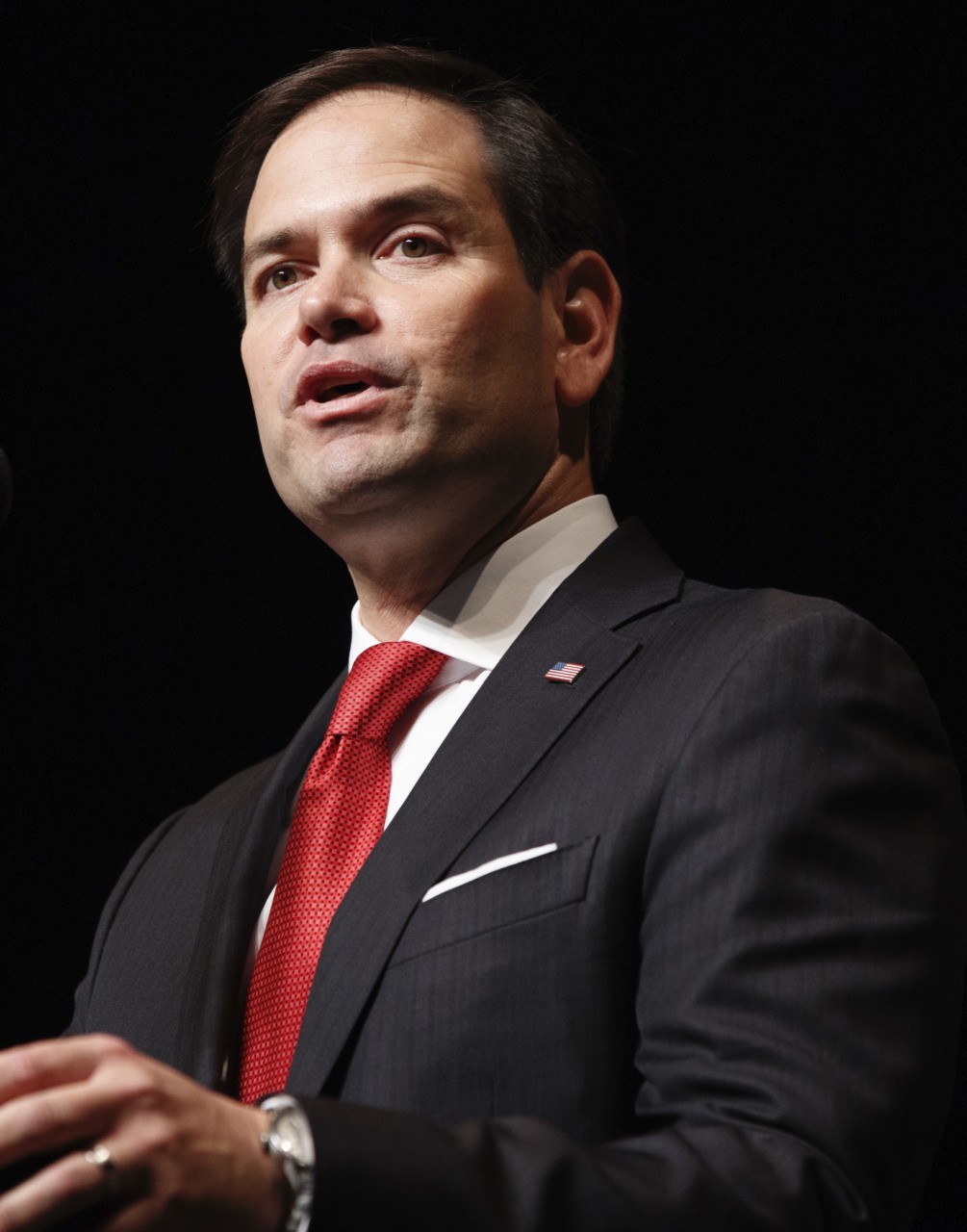
Sen. Marco Rubio, R-FL (AP Photo/Evan Vucci)
Furthermore, Trump’s idea of buying Greenland has great potential: mining its resources would also create more jobs and wealth for Americans.
Yet still, even as economic growth is the best guarantor of good jobs and good wages, there’s always the need for an adequate political framework to protect the status and morale of workers as well as of all citizens.
And here, just in time for Labor Day, Marco Rubio has performed a public service. The Florida senator has recalled one important source of inspiration about the value of labor, namely, the Catholic social teaching of the 19th and 20th centuries.
In a piece entitled “What Economics Is For,” Rubio began by recalling some valuable history:
Almost 130 years ago, Pope Leo XIII published the encyclical Rerum Novarum. In this text, he defended the well-being of workers and made the Catholic Church’s position on work clear: Work and working people have a fundamental dignity that all societies are bound to respect and serve. “No man,” the pope wrote, “may with impunity outrage that human dignity which God Himself treats with great reverence.”
One needn’t be Catholic to see the wisdom here: The pope’s words are, in their way, just a reworking of the Golden Rule.
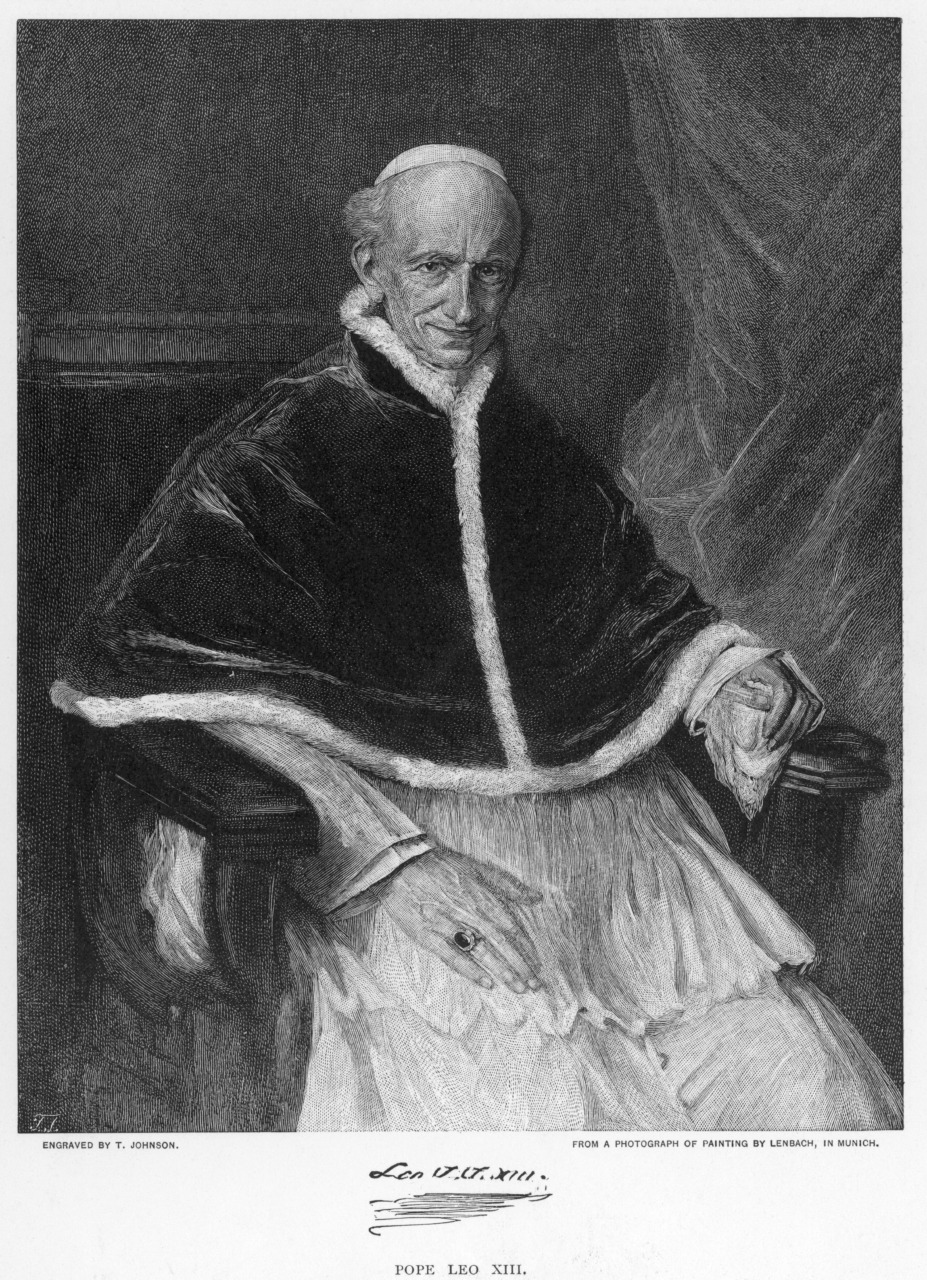
Pope Leo XIII (1810-1903), whose encyclical “Rerum Novarum” (or “Rights and Duties of Capital and Labor”) defended private property and the rights of workers to form unions, while also condemning socialism and unrestricted capitalism. (Hulton Archive/Getty Images)
Moreover, it’s no coincidence that Leo’s Rerum Novarum (“Of New Things”) appeared in 1890—which is to say, at around the same time that the U.S. established Labor Day. In that era, factories and mass production were churning the old agricultural economy, dislocating ancient folkways, and creating new kinds of economic challenges, as well as, of course, new opportunities. Amidst all this flux, people were understandably desperate to find ways to re-establish social equilibrium.
And yet precisely because the old conservative political system was failing to maintain a just order, radical alternatives—including anarchism, socialism, and communism—were gathering strength.
In response, enlightened leaders in the center stepped in, realizing that new and creative thinking was needed to fend off revolution.
As Rubio explains, Leo XIII was one of these reformers; theologically, he was a conservative, and yet politically, he was a moderate. Even though he had no formal political power, he nevertheless used his influence to urge secular leaders to chart a middle course, steering between the radical left and the reactionary right. And in particular, the Holy See believed that workers had rights—including the right to organize themselves for their betterment. As Rubio explains:
The Church’s tradition cuts across identitarian labels, insisting upon the inviolable right to private property and the dangers of Marxism, but also the essential role of labor unions.
As we all know, the 20th century was marred by hideous man-made disasters, and yet the creation of stabilizing middle classes in many countries is in part a testament to the enduring influence of Leo and Rerum. Rubio continues:
The dignity of work, the Church instructs us … is not just the concern of individuals. It is the concern of communities and nations to provide productive labor to their people.
Of course, economic reform has never been the franchise of any one denomination or faith. In the same era as Leo and Rerum, plenty of others were making the same sort of arguments about the well-being of workers. For instance, there was the Baptist pastor Walter Rauschenbusch, born in Rochester, New York, whose vision of the “Social Gospel”—a mix of theological uplift and economic justice—offered a spiritual guidebook for reformers.
In that same era, others across the ecumenical spectrum were making positive change as well. The first president of the American Federation of Labor, Samuel Gompers, was of the Jewish faith; under his leadership, the unionized working class started the transition from discontented radicalism to contented establishmentarianism. For his part, Gompers, always more practical than ideological, summed up his vision of the working-class agenda in a single pithy word: “More.”
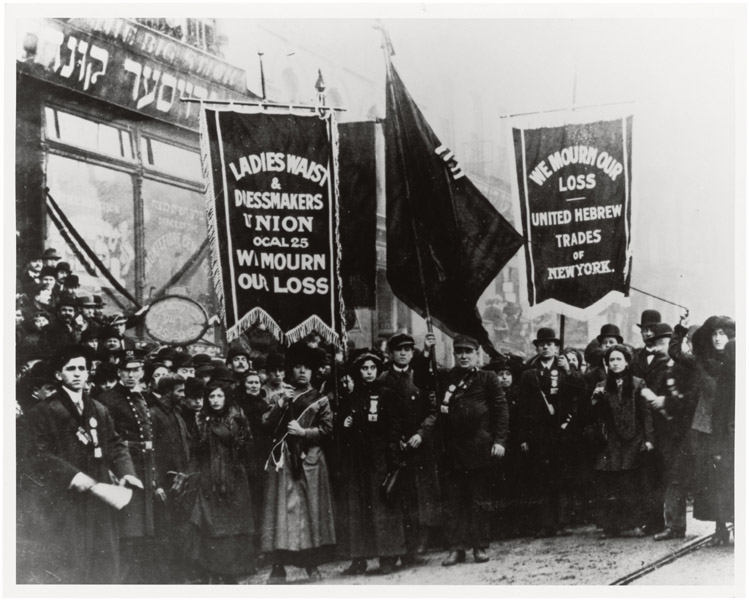
Women garment workers gather in a demonstration of protest and mourning in New York City on April 5, 1911, following the Triangle Shirtwaist Factory fire, in which 146 garment workers died due to unsafe working conditions. (U.S. National Archives)
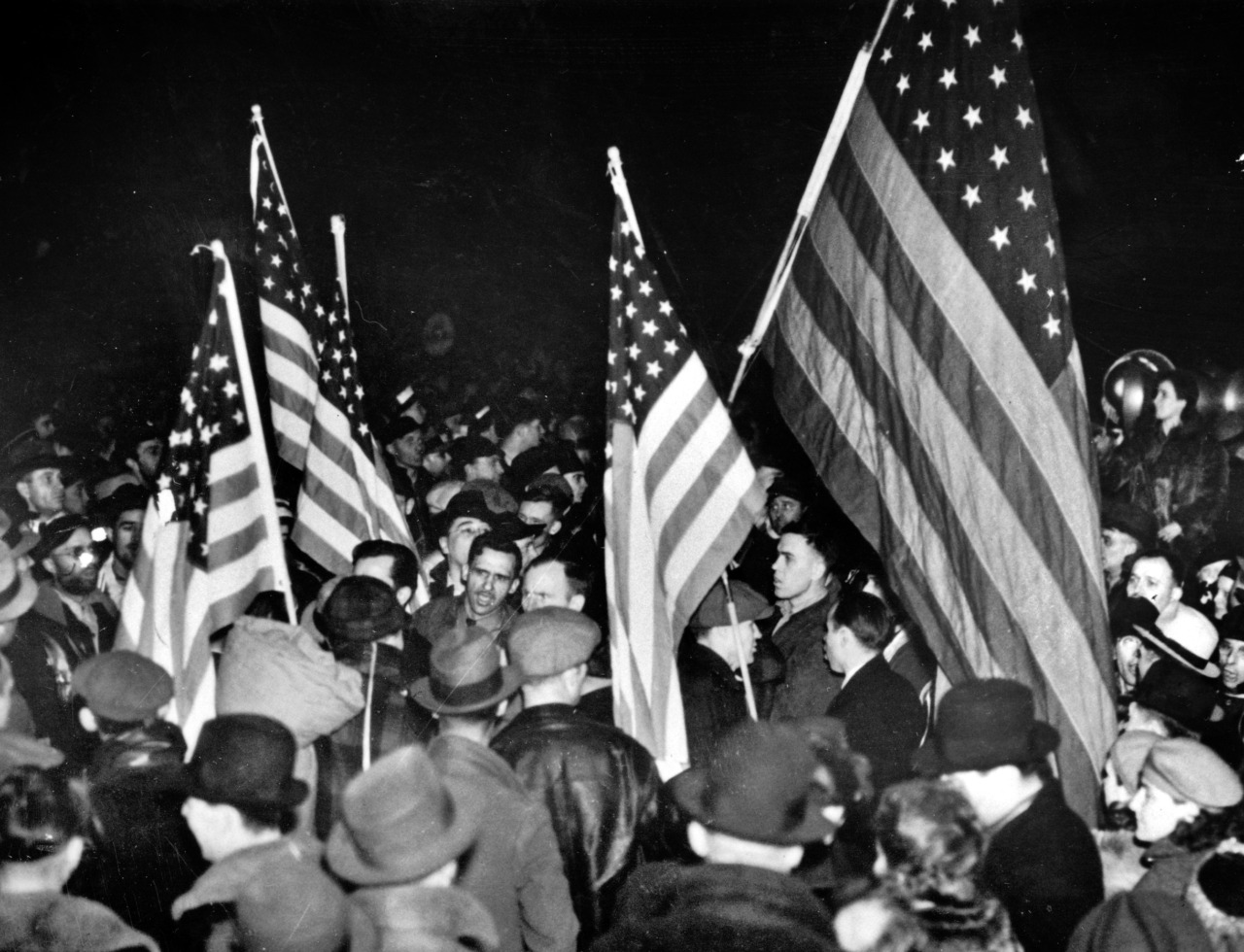
Autoworkers wave American flags at the General Motors Fisher body plant in Flint, Michigan, on February 12, 1937, during the famous Flint sit-down strike. At its peak in the early 1970s, GM employed 80,000 people in Flint who cashed paychecks strengthened by the United Auto Workers union born in this city once blessed with sprawling factories, booming commerce, model schools, and thriving arts. (AP Photo/File)
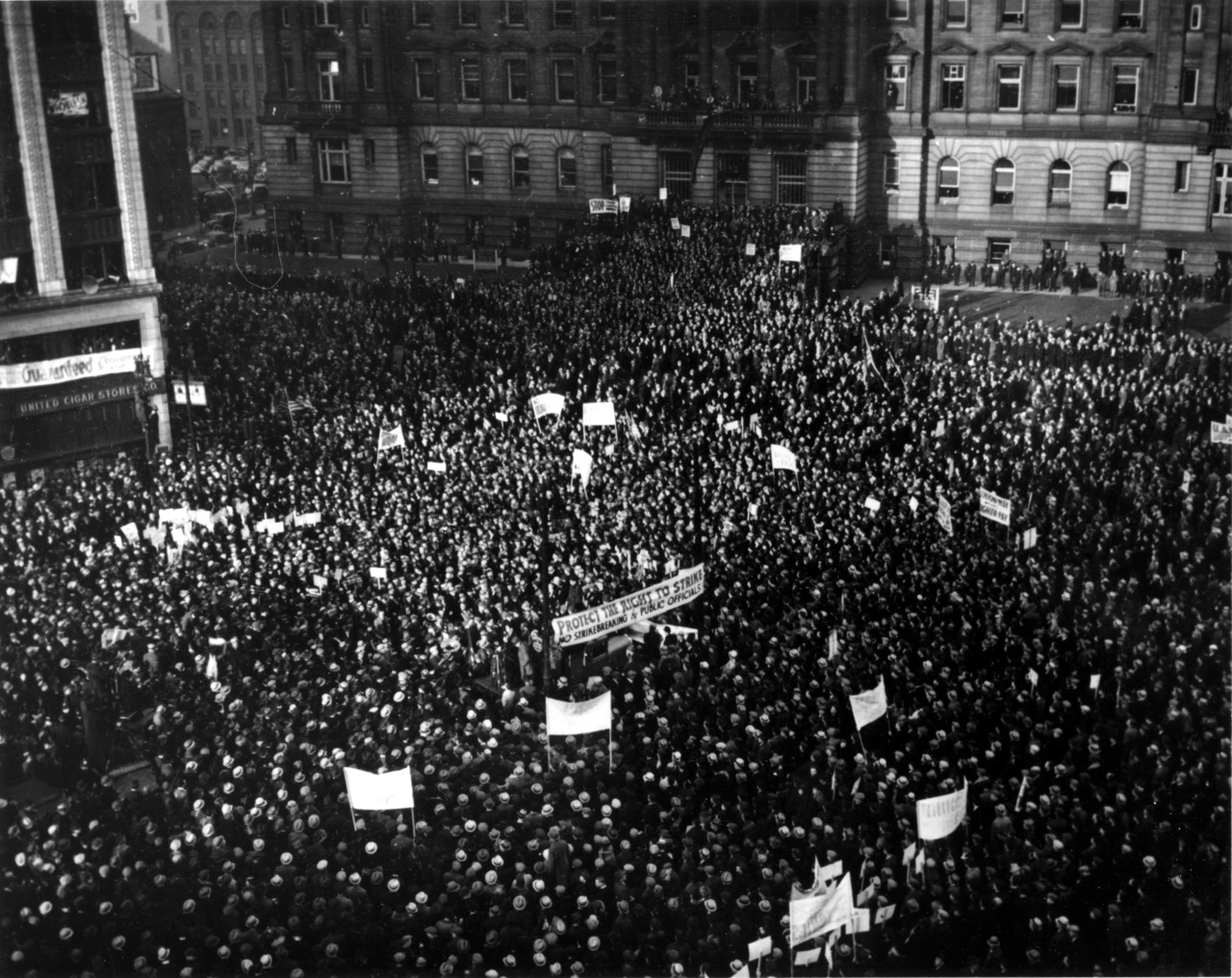
Thousands of demonstrators gather in Detroit’s Cadillac Square on March 24, 1937, to show support for the Flint sit-down strikers trying to unionize General Motors. (AP Photo)
And we shouldn’t forget the contribution of a Southerner, Rep. William C. Adamson of Georgia, who spearheaded enactment of legislation securing an eight-hour day, as well as overtime, for railroad workers. The Adamson Act—signed into law by President Woodrow Wilson on Labor Day 1916—set a new benchmark for workers’ rights for decades to come.
Sadly, today, more than a century later, it’s evident that many of the American worker protections secured by Rauschenbusch, Gompers, and Adamson have been eroded. It’s been a long and bipartisan process of erosion, and while the erosion has been stopped or at least slowed in the last three years, the restoration process nevertheless has a long way to go.
After all, in the new “gig economy,” too many workers find themselves in a precarious condition, living paycheck to paycheck, with no hope of a pension (other than Social Security) and few prospects for advancement, to say nothing of such worthy bourgeois goals as home ownership. Thus some clever wordsmith combined “precarious” and “proletariat” to create a relevant new word, “precariat.”
This Labor Day, we are reminded that in the political economy there’s no such thing as final victory. Past gains are great and worth remembering, and yet in the face of technological and political turbulence, they are never permanent.
In fact, in the face of such threats, workers will have to look to each other for strength, even as they look to political action for needed support.
That was the message on Labor Day 1894, and it’s just as true on Labor Day 2019.

COMMENTS
Please let us know if you're having issues with commenting.